Quiz Nature
Last Updated:
IMPROVE YOUR KNOWLEDGE WITH OUR NATURE QUIZ
Are you a nature enthusiast? We offer a collection of nature quizzes to test your knowledge on various topics, such as animals, plants, ecosystems, climate, etc.
Our nature quizzes are a fun and informative way to learn more about the natural world around us. With our selection of questions on different topics, you can test your knowledge about nature and biodiversity. Do you know the animals that live in tropical forests? Can you identify the different species of birds? Can you name the different geological formations? Our nature quizzes are here to help you answer these questions and expand your knowledge of nature.
Our nature quizzes will help you discover new animals and plants, and learn about the world’s most important ecosystems. Nature quizzes are a fun way to reinforce your knowledge and discover the beauty and complexity of nature. So if you are a nature enthusiast or just curious, come test your knowledge with our nature quizzes.
nature
/ 10
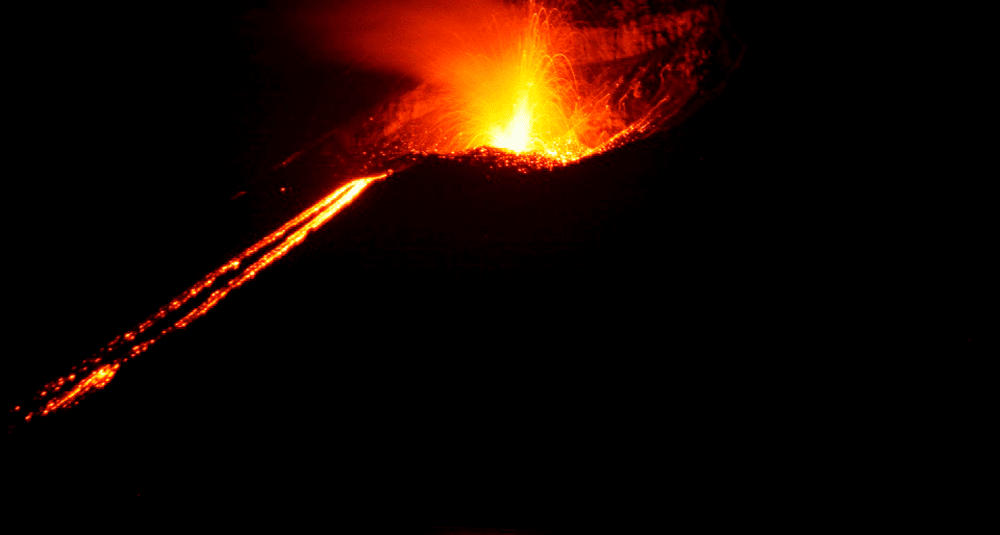
What is the loudest volcanic eruption?
1Krakatoa
2Merapi

🙌 Good answer
The eruption of Krakatoa in Indonesia on 27 August 1883, where the explosion was heard as far as Rodrigues Island, 500 kilometres east of Mauritius.
Next question

😞 Wrong answer
The eruption of Krakatoa in Indonesia on 27 August 1883, where the explosion was heard as far as Rodrigues Island, 500 kilometres east of Mauritius.
Next question
nature
/ 10
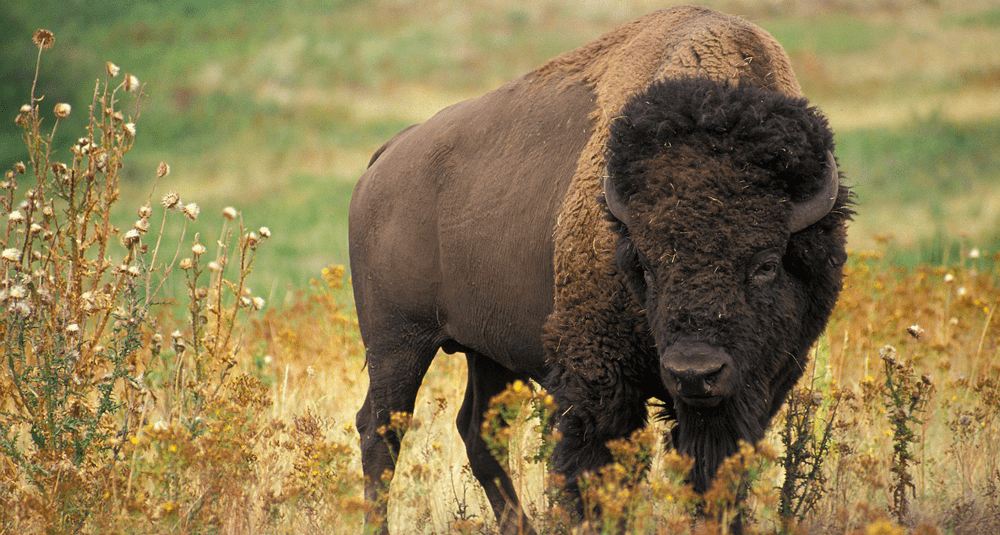
How many species of bison exist?
12
23

🙌 Good answer
Bison are a genus of large ruminant cattle of which there are two living species: the European bison and the North American bison.
Next question

😞 Wrong answer
Bison are a genus of large ruminant cattle of which there are two living species: the European bison and the North American bison.
Next question
nature
/ 10
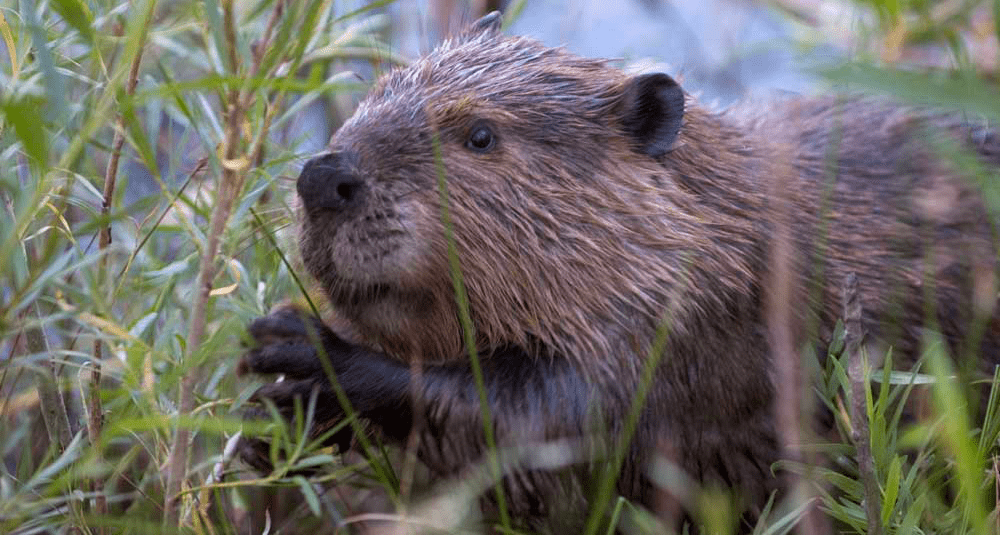
Are beavers herbivorous or carnivorous?
2Herbivorous
1Carnivorous

🙌 Good answer
The beaver is a herbivore. It feeds mainly on bark, leaves, branches and aquatic plants, especially poplars and willows.
Next question

😞 Wrong answer
The beaver is a herbivore. It feeds mainly on bark, leaves, branches and aquatic plants, especially poplars and willows.
Next question
nature
/ 10
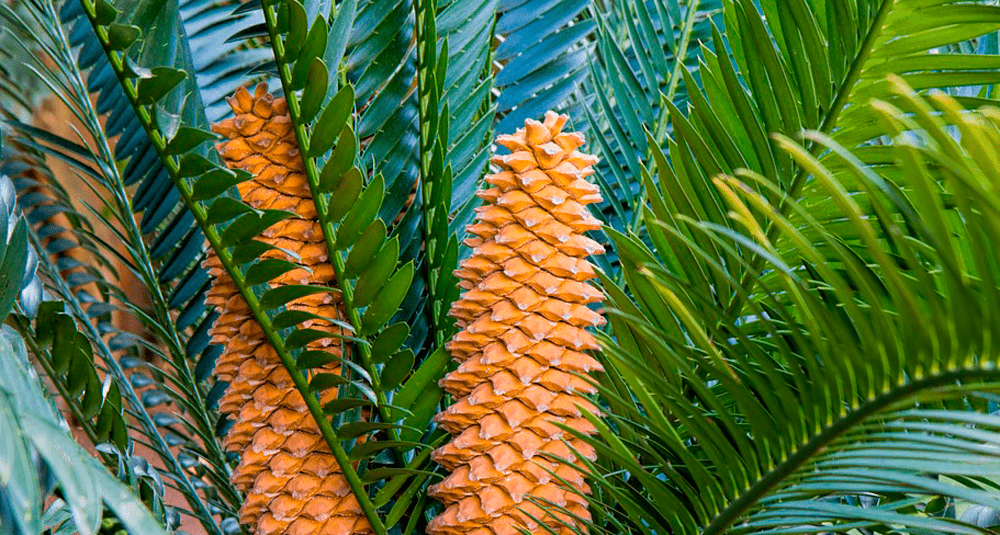
Are cycas conifers?
2No
1Yes

🙌 Good answer
No, cycas are not conifers, but primitive gymnosperms. They look like palms, but belong to a different botanical class.
Next question

😞 Wrong answer
No, cycas are not conifers, but primitive gymnosperms. They look like palms, but belong to a different botanical class.
Next question
nature
/ 10

What is the emblematic tree of the city of Hiroshima?
1Camphor tree
2Ginkgo biloba

🙌 Good answer
The camphor tree, a resistant and symbolic tree, is the emblematic tree of Hiroshima, as some of them survived the atomic bomb of 1945.
Next question

😞 Wrong answer
The camphor tree, a resistant and symbolic tree, is the emblematic tree of Hiroshima, as some of them survived the atomic bomb of 1945.
Next question
nature
/ 10
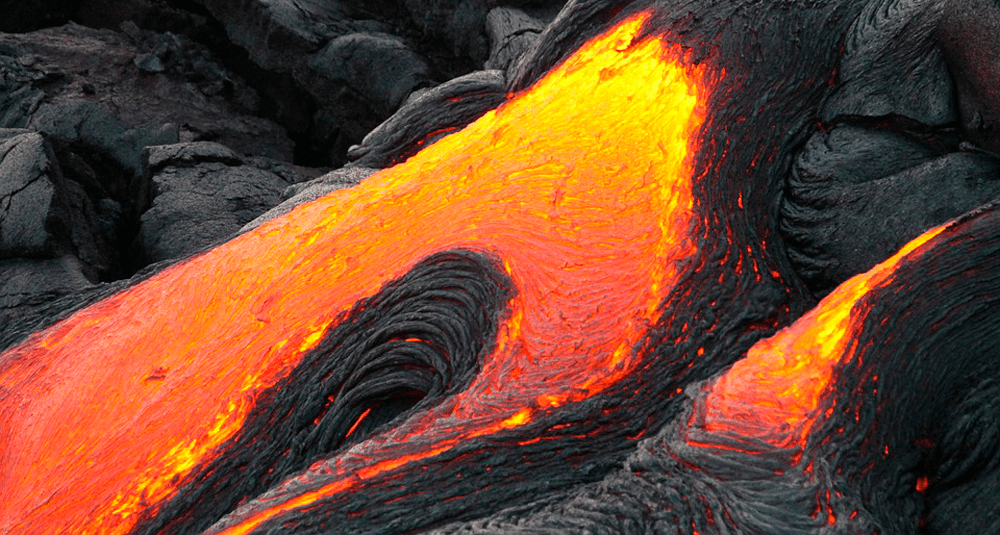
What is the longest lava flow?
2Undara
1Ambrym

🙌 Good answer
The longest lava flow is in Undara, Australia with a length of 160 kilometres.
Next question

😞 Wrong answer
The longest lava flow is in Undara, Australia with a length of 160 kilometres.
Next question
nature
/ 10
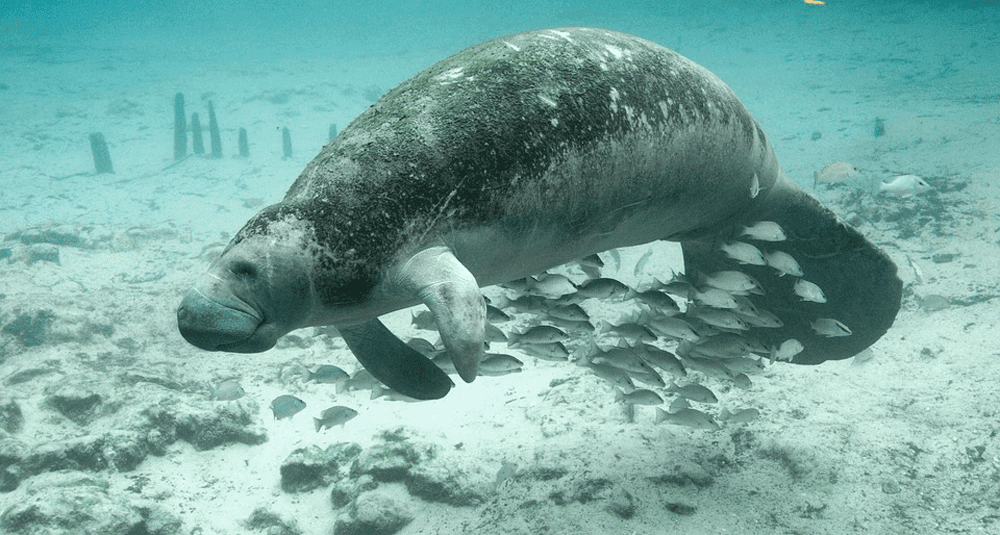
Are manatees carnivorous or herbivorous?
2Herbivorous
1Carnivorous

🙌 Good answer
Manatees are herbivores. They feed mainly on aquatic plants, consuming sea grasses and floating vegetation as part of their diet.
Next question

😞 Wrong answer
Manatees are herbivores. They feed mainly on aquatic plants, consuming sea grasses and floating vegetation as part of their diet.
Next question
nature
/ 10
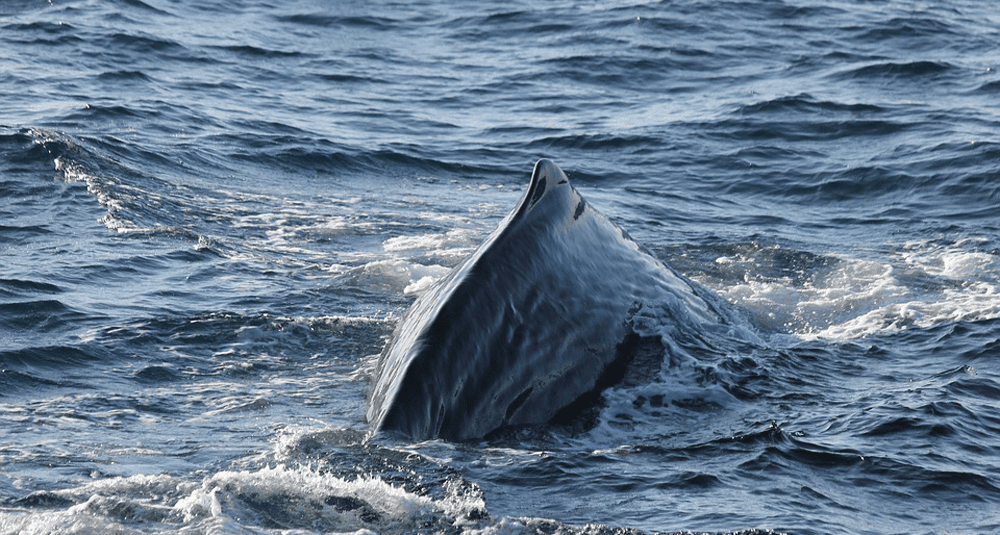
Are cetaceans carnivorous?
1Yes
2No

🙌 Good answer
Yes, cetaceans are carnivores. Odontocetes hunt fish and squid, while mysticetes filter plankton and small crustaceans.
Next question

😞 Wrong answer
Yes, cetaceans are carnivores. Odontocetes hunt fish and squid, while mysticetes filter plankton and small crustaceans.
Next question
nature
/ 10
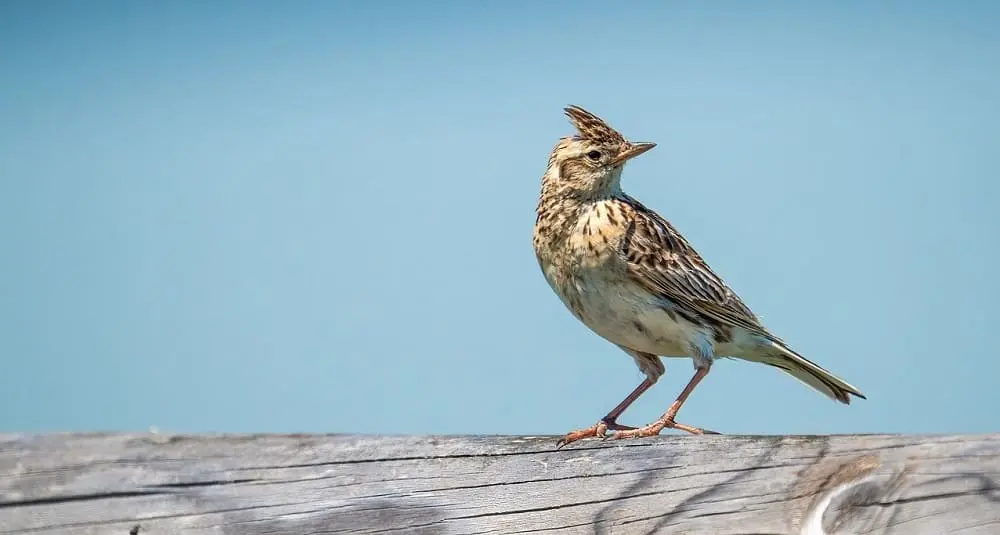
What is the name of the lark's song?
2Grisolle
1Cajole

🙌 Good answer
The song of the lark is called "grisolle" in French. It is a very characteristic and melodious song, often associated with the first signs of spring.
Next question

😞 Wrong answer
The song of the lark is called "grisolle" in French. It is a very characteristic and melodious song, often associated with the first signs of spring.
Next question
nature
/ 10
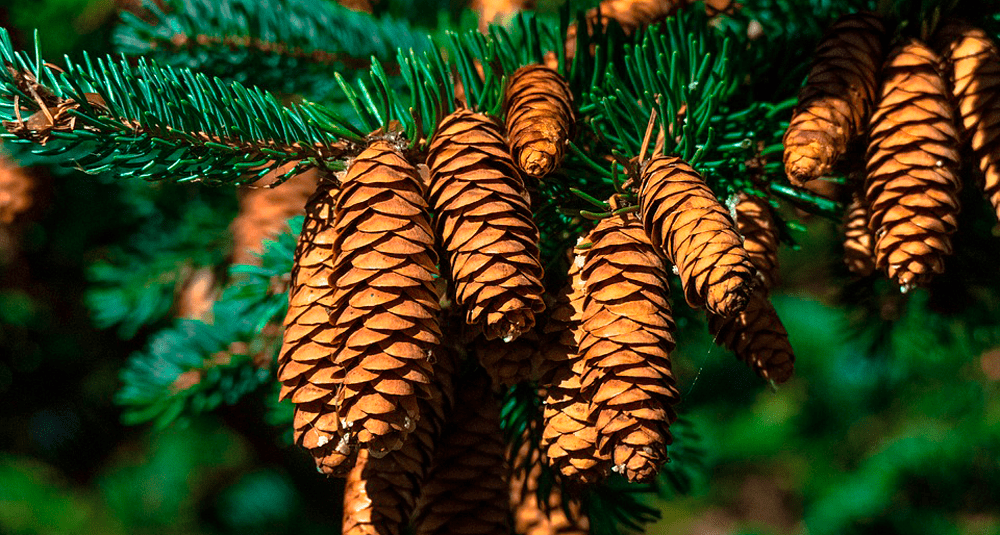
What family do fir trees belong to?
1Pinaceae
2Taxodiaceae

🙌 Good answer
Firs belong to the family Pinaceae, which includes about 600 species of conifers, and are characterized by their pyramidal shape.
Next question

😞 Wrong answer
Firs belong to the family Pinaceae, which includes about 600 species of conifers, and are characterized by their pyramidal shape.
Next question



